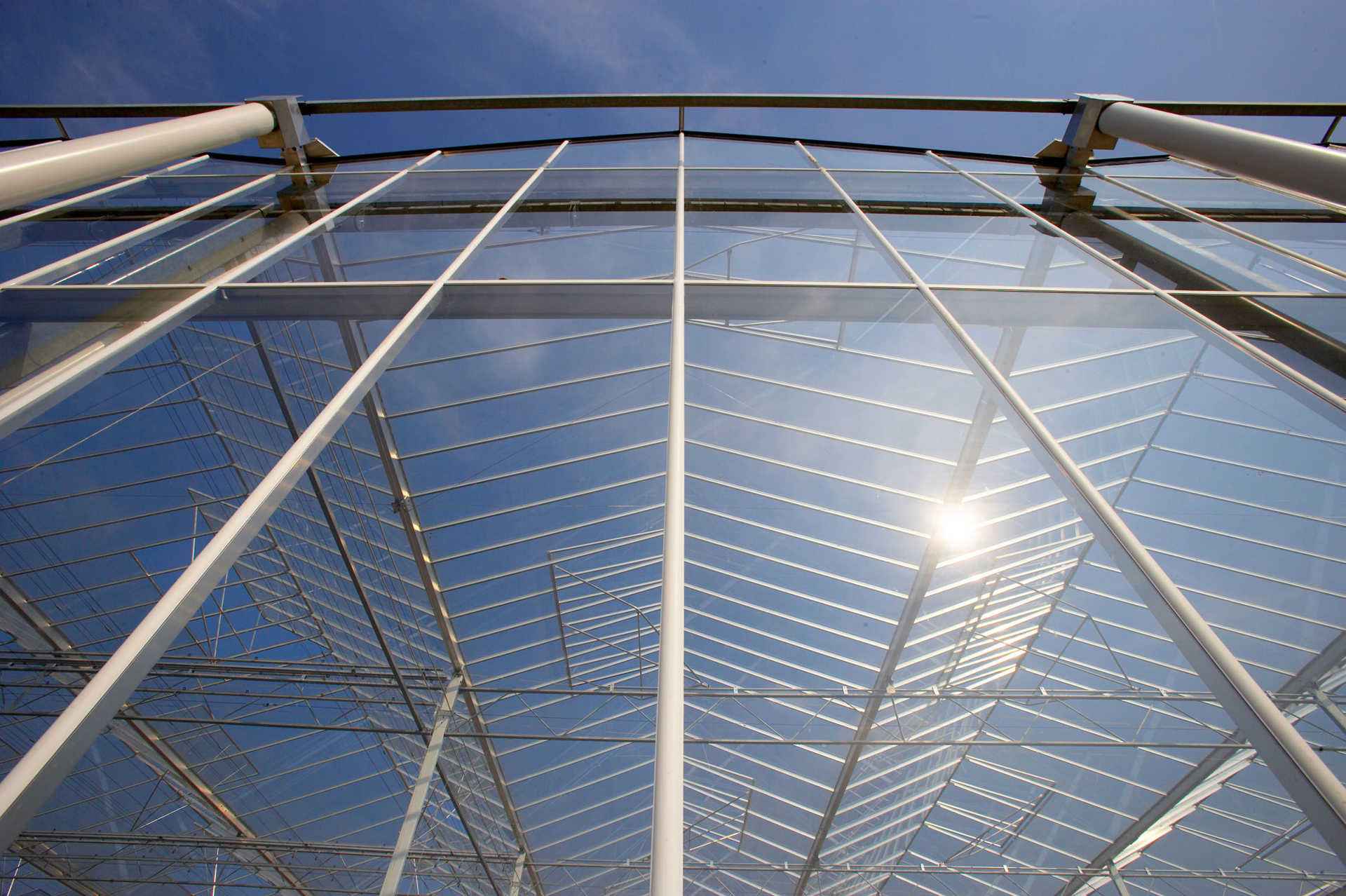Daily Light Integral (DLI)

Short definition
Daily Light Integral (DLI) is the accumulated amount of photosynthetically active radiation (PAR) reaching the crop canopy over a 24-hour period in a greenhouse, serving as a primary descriptor of daily light available for photosynthesis and biomass production.
Expanded definition
=Measured at canopy or near-canopy level, DLI combines the intensity and duration of incoming PAR to quantify daily photon input that fuels photosynthesis and accumulation. It is used in greenhouse climate control as a target alongside temperature, CO2, and humidity to guide lighting, shading, and daylight management. DLI interacts with photoperiod, leaf area index, and crop development stage, and its relationship to yield is modulated by CO2 concentration and temperature, as well as light distribution within the canopy. Common practice expresses DLI in mol·m⁻²·d⁻¹ or energy units such as J·cm⁻²·d⁻¹, and practitioners track it to compare seasons and optimize production. Synonyms and abbreviations: DLI, daily radiation integral, radiation sum, light sum, PAR sum, photosynthetic photon flux density integral, PAR daily integral, I∑.
In Greenhouse Context
DLI is the daily total of photons within the 400–700 nm PAR band reaching the crop canopy, best measured at canopy or near-canopy level with PAR sensors that account for greenhouse cover transmissivity, screens, and crop interception. It represents the 24‑hour photon input that drives photosynthesis and biomass accumulation and is influenced by sun angle, weather, season, and daylight harvesting devices. In daily practice, DLI informs lighting schedules, shade control, daylight harvesting strategies, and CO2 enrichment plans, and it guides decisions on irrigation timing and cooling/ventilation to avoid excessive heat while maintaining photosynthetic input. A higher DLI often raises transpiration and heat load, increasing dehumidification needs and possibly altering disease risk if leaf wetness is sustained; conversely, too low DLI can stall growth and extend crop cycles. Operators couple DLI targets with RTR and LAI models to set automated controls for LEDs, daylights, vents, and shading, balancing energy use, climate stability, and yield potential. Typical DLI values in greenhouses range up to roughly 30 mol·m⁻²·d⁻¹, with energy-based sums from several hundred to a few thousand joules per square centimeter per day, varying by crop, season, and location. It is important to note that DLI does not convey spectral quality or the precise timing of light, so it should be used alongside other metrics when precision is required.
Examples and/or use cases
During winter in a northern lettuce greenhouse, target DLI is 12–14 mol·m⁻²·d⁻¹ and LED supplementation is scheduled 6:00–22:00 to meet the daily total, with daylight contribution forecasted and filtered by glass; operators adjust timings to maximize canopy light capture while minimizing energy loss; in a tomato glasshouse with high transmissivity, daylight supports roughly 25–28 mol·m⁻²·d⁻¹ during fruiting, and a mid-afternoon shade is activated to prevent overheating and to protect fruit set, with real-time sensors comparing actual DLI to the target corridor; a cucumber operation uses fixed shading on bright days to cap DLI and maintain leaf temperatures near 25–28 °C, cutting cooling loads and reducing disease risk; propagation benches extend photoperiod with moderate PPFD to raise DLI gradually, improving transplant vigor and reducing night-time cooling requirements; a leafy greens facility uses a sensor network to feed a control algorithm that modulates LEDs and vents in real time to hold canopy DLI within a target corridor across changing cloud cover and weather forecasts; high-density basil crops plan DLI with RTR to optimize transpiration and biomass accumulation while avoiding heat load and leaf tip burn, using the data to adjust irrigation timing and airflow.
Relevance
Daily Light Integral anchors the daily photosynthetic input that underpins growth, morphology, and yield in greenhouse production, and it is central to climate control where light interacts with temperature, humidity, and plant demand. Setpoints and algorithms that manage DLI enable daylight harvesting, supplemental lighting optimization, shading strategies, and CO2 enrichment plans that shape energy use, irrigation timing, and climate stability; DLI also interacts with plant physiology, including photosynthetic capacity, leaf area development, and respiration across growth stages. However, DLI alone does not convey spectral quality or the precise timing of light, so practitioners must combine it with metrics such as spectral composition, RTR, and LAI to avoid misinterpretation, photoinhibition, or suboptimal morphology. The practical trade-offs involve balancing energy costs, heat load, and disease risk with desired growth rates and yield, and when used correctly DLI supports more consistent production across variable weather and improves comparability of performance across seasons. Sources — Books: Greenhouse Climate Control — Challa H.; Heuvelink E.; van Meeteren U. Sources — Online: https://extension.psu.edu/psychrometric-chart-use/; https://msu-prod.dotcmscloud.com/floriculture/uploads/files/Section%20_3.pdf; https://ceac.arizona.edu/sites/default/files/asae_-_heating_ventilating_and_cooling_greenhouses.pdf.